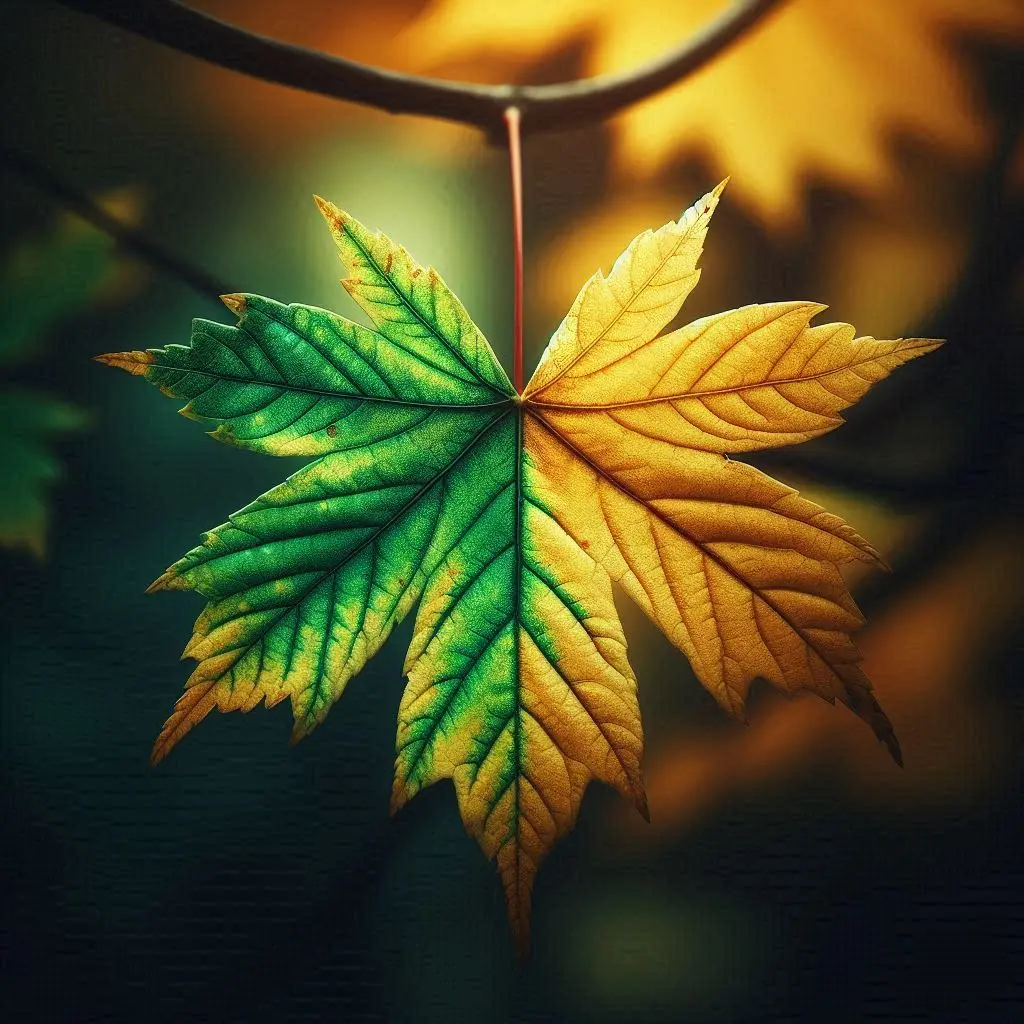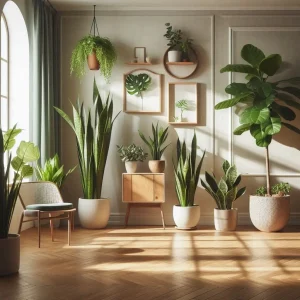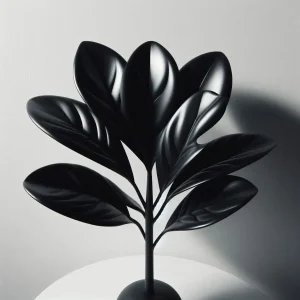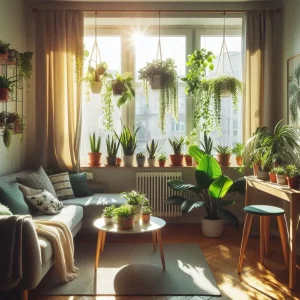| Issue | Cause | Solution |
| Excessive Light | Direct sunlight or intense light exposure | Adjust plant placement to indirect light; avoid direct sun |
| Overwatering | Too much water | Water smartly; use the soak and dry method |
| Poor Water Quality | Chlorine and chemicals in water | Water with distilled, filtered, or rainwater |
| Repotting | Frequent pot changes | Avoid unnecessary repotting; repot young plants annually |
| Pests (Spider Mites) | Infestation of spider mites | Clean undersides of leaves with a paper towel |
Yellowing of the leaves in chlorosis is attributed to the yellowing of maple leaves.(Yellowing of plant leaves is called chlorosis.) Generally, maple leaves are quite resilient and don’t easily perish. As mentioned earlier, maple leaves can tolerate low light and water scarcity. However, the factors leading to their yellowing include excessive sunlight and overwatering. In the following, we elaborate on this issue and examine the reasons behind the yellowing of maple leaves:
Overwatering:
Page Contents
ToggleIf you provide too much water to your plant, it exhibits signs before its leaves start turning yellow. You typically notice that the tips of the leaves have turned brown. During these times, it is essential to promptly reconsider your watering habits. Always remember that underwatering is much less risky for the plant than overwatering.
read more: Top toxic plants for dogs
Solution:
To address this issue, it is better to water intelligently. The correct method for watering maple leaves is the soak and dry method. This method can also be applied to most plants. Follow these steps for smart and proper watering of maple leaves:
- Water the plant thoroughly and allow excess water to drain out from the bottom holes of the pot.
- Before watering again, check that the soil is completely dry.
- If you are unable to determine whether the soil of your plant is completely dry or not, you can use a moisture meter.
- Never let your plant sit in water, and remember to adjust the watering schedule with the changing seasons. For example, plants usually require less water in winter. However, make sure that the temperature in your home is not excessively high, as it can dry out the soil.
Poor water quality:
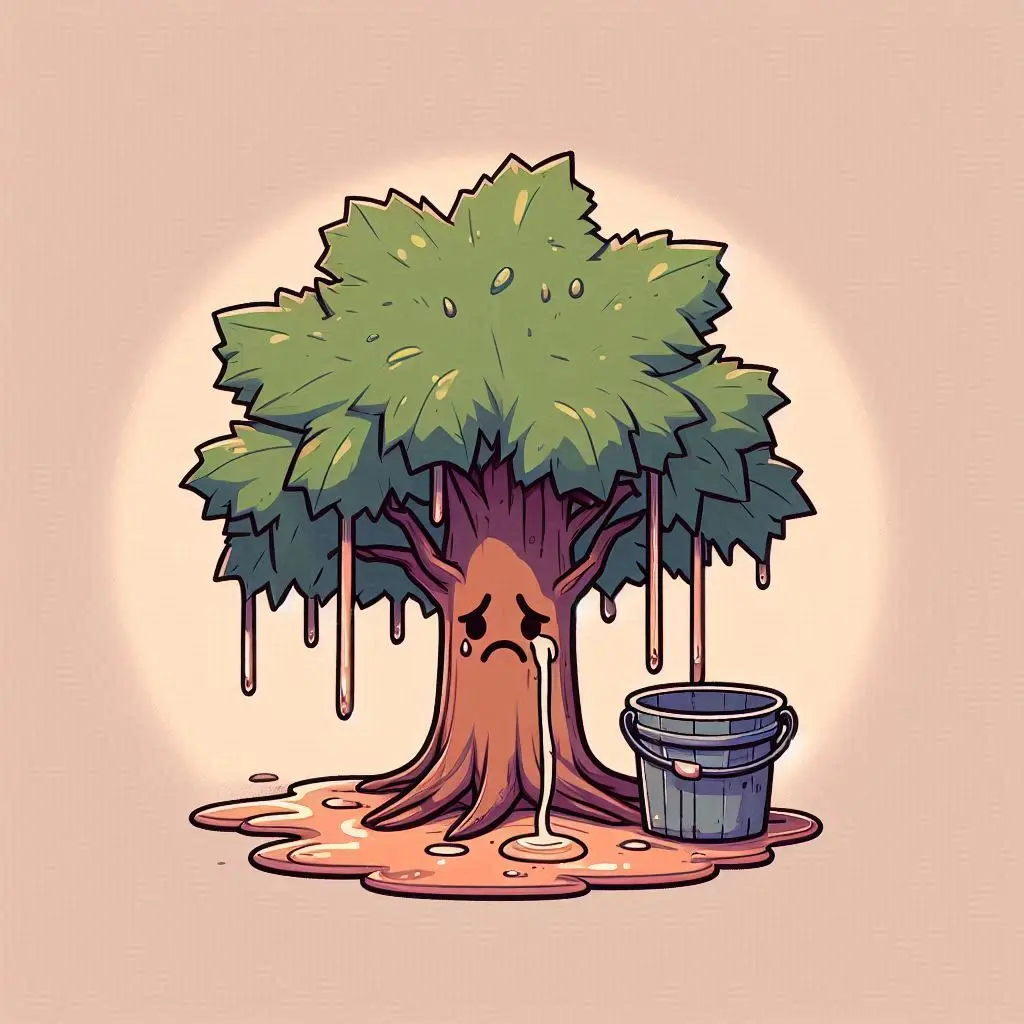
The chemicals present in water can be considered a cause for the yellowing of maple leaves. Usually, a high amount of chlorine and other chemicals can be found in tap water, which over time strips the vibrancy from the leaves and turns them yellow.
Solution:
Always water your plant with distilled, filtered, or rainwater. If none of these water sources are available, fill a container with water and let it sit for 24 hours. All the chemical substances in the water will dissipate during this time, and you can use it with peace of mind. The type of container you use for storing water is also crucial. It is better to have a container with a wide mouth. In this way, a larger surface area of the water is exposed to open air, and the chemical substances evaporate more quickly. For this purpose, we prefer larger buckets over smaller bottles.
Excessive Light:
Maple leaves in nature thrive in indirect sunlight within the forest. Therefore, when sold as houseplants, it is recommended to place them near north-facing windows or away from direct sunlight.
Solution:
You can clearly observe the plant’s growth rate in different environments. Indirect light significantly accelerates plant growth compared to other conditions. Direct sunlight is the cause of maple leaf yellowing, and a dark environment slows down its growth.
Repotting:
It is not necessary to change your plant’s pot frequently. Doing so (by doing this you will)add stress to the maple leaves, and it expresses this dissatisfaction by turning its leaves yellow. Importantly, this action may lead to the demise of this beautiful plant.
Solution:
These plants do not require frequent repotting. If your plant is young, consider changing its pot only once a year, preferably in the spring. Mature plants that have grown sufficiently may thrive for three or four years in the same pot and exhibit good growth.
Pests:
Pests and diseases can also be considered as a cause for the yellowing of maple leaves. Among these pests, the likelihood of the plant being infested with spider mites is particularly high. These tiny sap-sucking insects gradually feed on your maple leaves, causing damage. Webbing on the leaves and the formation of tiny holes indicate that your plant has been affected by spider mites.
Solution:
Once you identify this pest, clean the undersides of your plant’s leaves with a paper towel.
According to realsimple, know your plant:
Every plant has its own specific conditions it needs—and if you aren’t meeting them, they’re prone to developing issues. For instance, Blank points to the snake plant, which can handle low light and a lot of neglect, while the pothos needs its soil kept moist
Summary:
The maple leaf plant is a resilient houseplant that can thrive in various conditions. However, to maintain it, you must observe subtle details and prevent its leaves from turning yellow. To diagnose the cause of maple leaf yellowing, consider factors such as excessive light, overwatering, pests, poor water quality, repotting, and more. In this article, we have examined these factors along with their solutions.

